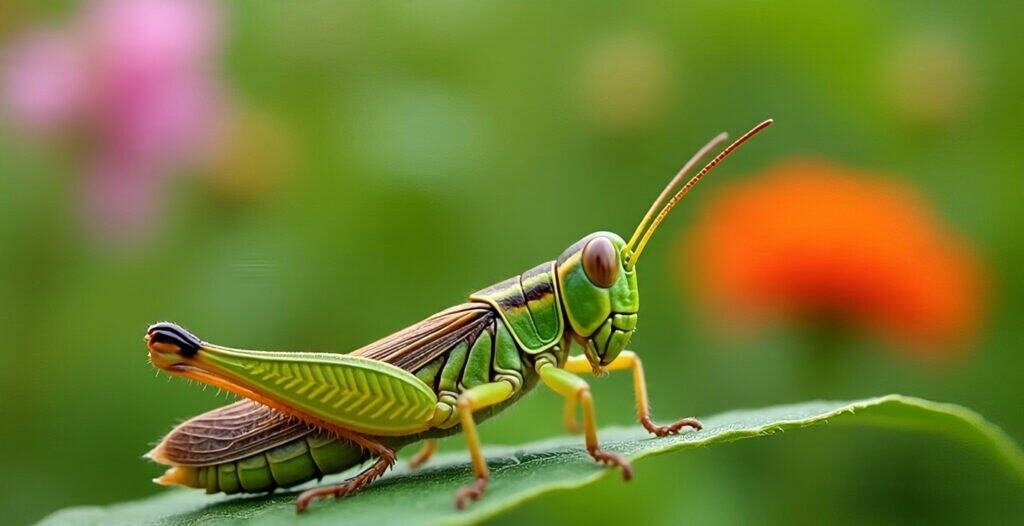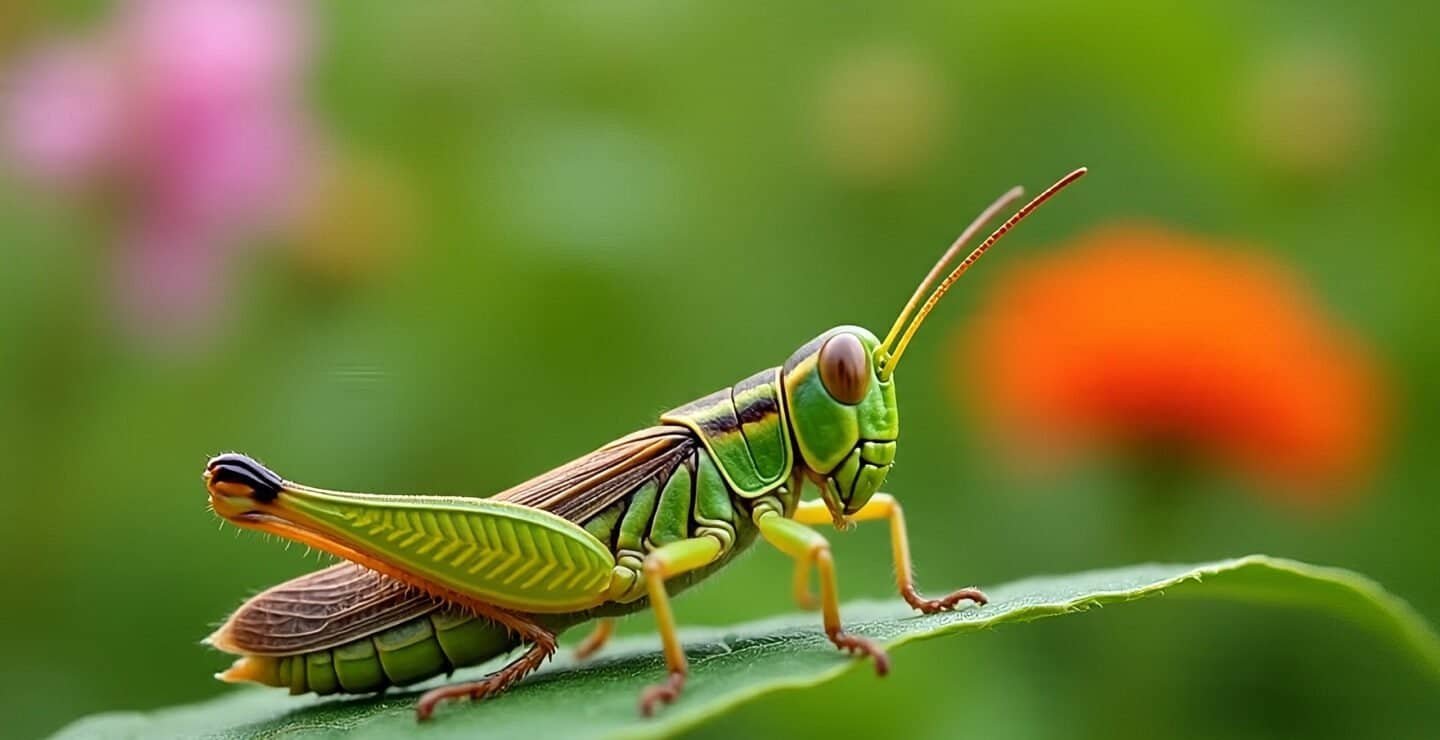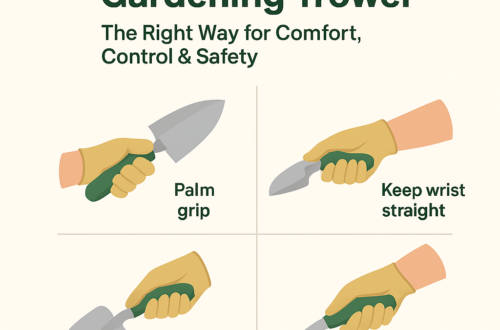Are Grasshoppers Harmful? Understanding Their Impact on Plants, People, and the Environment
Grasshoppers are a familiar sight in gardens, fields, and meadows—leaping from plant to plant with impressive jumps. But if you’ve spotted them nibbling on your plants, you might be wondering: Are grasshoppers harmful?
The answer depends on what they’re affecting and how many are present.
Quick Answer
Yes, grasshoppers can be harmful—mainly to plants—when their populations are high. They feed on leaves, stems, and flowers, and in large numbers can strip plants bare. However, they are not directly dangerous to humans or pets.

Why Grasshoppers Can Be Harmful
Grasshoppers are herbivorous insects with strong mandibles designed for chewing plant material.
- Feeding Habits: They consume leaves, stems, and sometimes fruit.
- Crop Damage: In agriculture, large infestations can reduce yields by up to 25% or more.
- Defoliation in Gardens: Heavy feeding weakens plants, making them vulnerable to disease and pests.
When Grasshoppers Become a Problem
- High Population Years – In dry, warm summers, grasshopper numbers can explode.
- Limited Natural Predators – Fewer birds, spiders, or parasitic insects means grasshoppers thrive unchecked.
- Open Areas with Grass & Weeds – Provide ideal breeding and feeding grounds.
Are Grasshoppers Harmful to Humans?
- Biting: While grasshoppers can bite if handled roughly, they rarely cause injury.
- Toxicity: They are not poisonous to humans or pets.
- Health Risks: In very rare cases, grasshoppers can carry parasites, but transmission to humans is extremely uncommon.
Ecological Role of Grasshoppers
Not all effects are negative:
- Food Source: Many birds, reptiles, and mammals rely on grasshoppers as a protein-rich food.
- Nutrient Cycling: Their waste adds nutrients back to the soil.
- Biodiversity Support: A balanced population supports ecosystem health.
Controlling Harmful Grasshopper Populations
1. Encourage Natural Predators
Attract birds, frogs, and beneficial insects by planting native shrubs and providing water sources.
2. Physical Barriers
Fine mesh or row covers can protect vegetables during peak grasshopper season.
3. Habitat Management
Keep grass trimmed and remove weeds near gardens to reduce breeding sites.
4. Organic & Chemical Controls
- Neem oil and other botanical sprays deter feeding.
- Biological baits containing Nosema locustae target grasshopper nymphs.
- Use chemical insecticides only as a last resort to avoid harming non-target species.
Frequently Asked Questions
Q: Will grasshoppers kill my plants?
A: A few grasshoppers won’t cause lasting damage, but large swarms can defoliate plants completely.
Q: Are grasshoppers dangerous indoors?
A: No—they generally don’t survive long indoors and won’t damage furniture or structures.
Q: Can grasshoppers spread disease?
A: Rarely, and not in a way that poses significant risk to humans.
Final Words
So, are grasshoppers harmful? In small numbers, no—they’re part of a balanced ecosystem. But in large populations, they can cause significant damage to crops, gardens, and pasturelands. By encouraging natural predators, managing habitats, and using targeted control methods, you can keep grasshopper numbers in check while maintaining a healthy environment.
Discover more from Ecorganicas
Subscribe to get the latest posts sent to your email.





